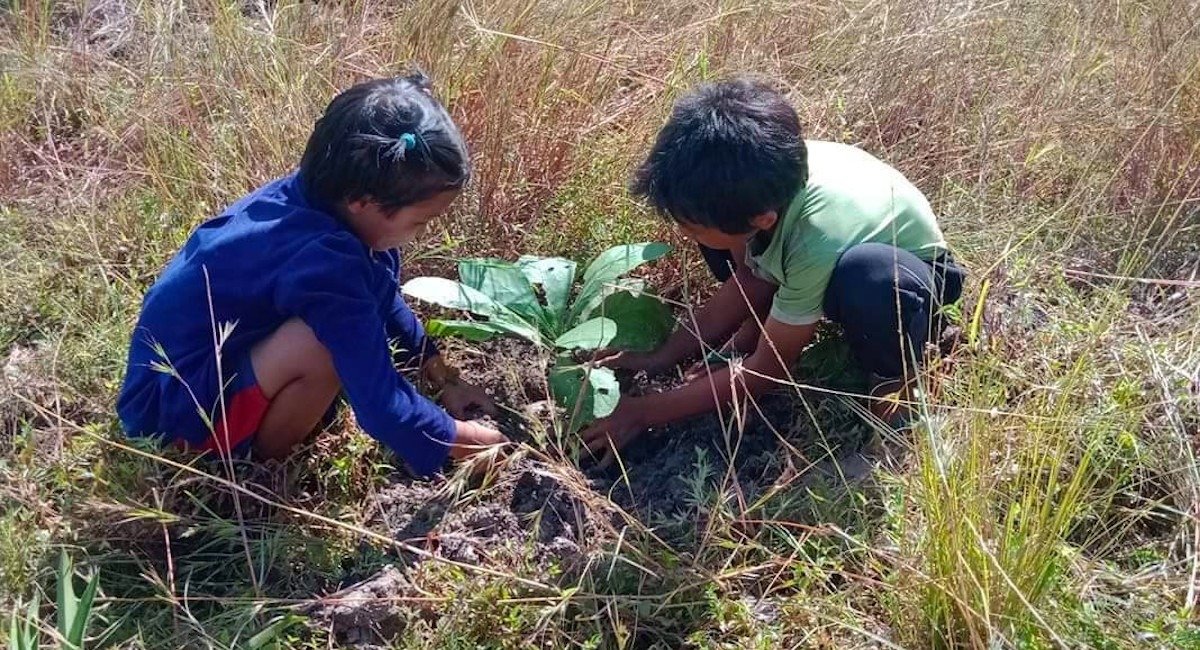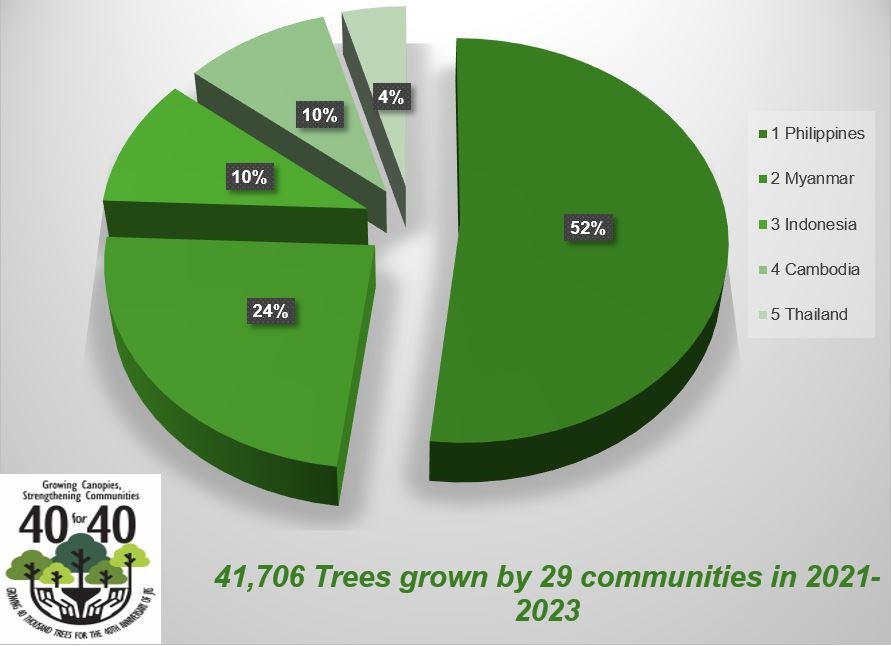 During its January 2022 assembly, the major superiors of our Jesuit Conference approved the flagship project, “Caring for Communities and Creation” as part of the effort to realise one of the key goals of the 2021-2025 Apostolic Plan: to “commit ourselves to the urgent call of poverty and reconciliation with creation in Asia Pacific”. The project adopts a three-pronged approach: (1) Transitioning to Cleaner Energy, (2) Youth Leading the Future, and (3) Strengthening Local Communities.
During its January 2022 assembly, the major superiors of our Jesuit Conference approved the flagship project, “Caring for Communities and Creation” as part of the effort to realise one of the key goals of the 2021-2025 Apostolic Plan: to “commit ourselves to the urgent call of poverty and reconciliation with creation in Asia Pacific”. The project adopts a three-pronged approach: (1) Transitioning to Cleaner Energy, (2) Youth Leading the Future, and (3) Strengthening Local Communities.
More than two years since its launch, the question arises: is the flagship project sinking or sailing? While the task of uniting various stakeholders around a shared vision and approach remains challenging, the flagship project continues to sail on, steadily making progress towards its goals.
On 10 October, 17 participants representing 10 organisations, including Jesuit Refugee Service (JRS), various Jesuit academic and outreach units, and indigenous communities, gathered online for the 40-4-40 partners meeting and the launch of Caring for Communities and Creation-Pillar 3 (C3P3) project. Jesuit Mission Australia Program Director Kath Rosic spoke about the opportunities and hope that the C3P3 project brings, highlighting their support for the initiative. Also present alongside the JCAP flagship project coordinating team was Fr Pedro Walpole SJ, Ecojesuit Coordinator.
C3P3 focuses on strengthening communities through growing trees and mangroves. It builds on the achievements of the earlier 40-4-40 project (2021-2023), coordinated by JRS Asia Pacific to mark its 40th anniversary. Through the project, 28 indigenous upland and coastal communities across five countries have collectively grown more than 40,000 trees. Each tree that survives for a year earns the community one dollar to support their ecological and socio-economic initiatives.

Some notable partners under the initiative include the community forest committee in Prey Lang, Cambodia, which planted 4,000 trees to support the construction of a forest monitoring office aimed at countering commercial encroachments on Prey Lang, the last major lowland rain forest in mainland Southeast Asia.
In Bendum, Bukidnon, Philippines, youth leaders from the Forest, Farm, Leadership in the Margins (APC-FFLM) programme of Apu Palamguwan Cultural Education Center regenerated 2,000 endemic species to protect their community’s drinking water source and forest resources. Meanwhile, in southwestern Philippines, a Subanen community, assisted by Ateneo de Zamboanga University and the City Disaster Risk and Reduction Management Office, planted 2,000 native and fruit trees to protect their forest and create livelihood opportunities.
In southeast Myanmar, 10 internally displaced communities working with JRS found that growing 9,758 trees not only helped replenish the natural resources used in building their temporary settlement but also helped bridge and mend tense relationships with host communities.
Finally, in Semarang, Indonesia, a coastal community supported by the Archdiocese and JRS Indonesia planted 4,250 mangrove seeds to establish a sea belt, protecting them against seasonal flooding and rising tides.
Now, C3P3 is looking to increase its coverage by growing an additional 50,000 trees, further strengthening communities and networks. By the end of 2024, upland and coastal communities in the Philippines and Indonesia are expected to plant 5,000 endemic forest tree species and mangroves, with a target of 45,000 more trees in 2025-2026.
Indeed, the flagship project continues to sail forward. However, achieving its goals requires “all hands on deck” not only to keep it afloat but to row together in a unified direction, steered by the vision of the Apostolic Plan.
 Louie Bacomo serves as C3P3 Coordinator. He was formerly the Regional Director of JRS Asia Pacific.
Louie Bacomo serves as C3P3 Coordinator. He was formerly the Regional Director of JRS Asia Pacific.

